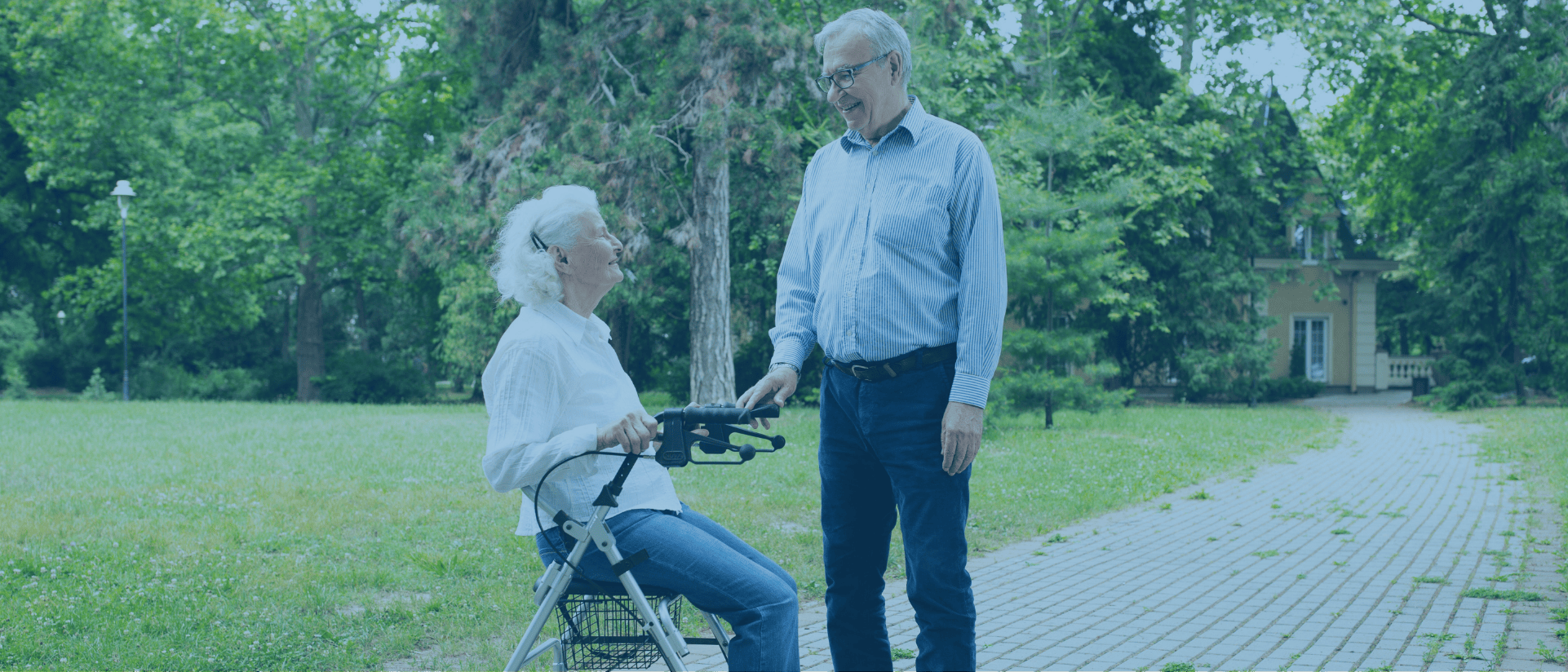Signs It May Be Time For a Mobility Aid
For many older adults, staying independent is one of the most important goals in daily life. That independence often includes walking, moving safely through the home, and managing errands without relying too heavily on others. But over time, our bodies change, and tasks that once felt effortless may begin to feel more difficult, or even risky.
This is where assistive devices come in. Whether it’s a simple cane or a powered mobility scooter, these tools are designed to help you stay active, safer, and in control of your routine.
If you’re wondering whether it’s time to consider using a mobility aid, here are five common signs to pay attention to. These aren’t just about comfort. They’re about protecting your health and helping you continue doing the things you love.
1. You're Having Trouble Walking
It’s not unusual to feel tired after walking a long distance, but if short trips around the house or to the mailbox leave you feeling unsteady or worn out, it could be time for support. Even mild weaknesses can turn walking into a daily challenge. A cane or walker can make these steps feel easier and give you the confidence to move freely.
2. You Feel Pain When You Walk
Discomfort or pain while walking, especially in the hips, knees, or lower back, can be a sign that your joints need relief. Conditions like arthritis or the effects of a past injury can make each step more difficult. A mobility aid can help take the pressure off your joints and give you comfort back.
3. You're Struggling with Balance
Feeling off-balance isn’t something to ignore. Lightheadedness, dizziness, or just a general sense of instability can make everyday movement risky. Many people hesitate to bring this up, but you’re not alone. Thousands of seniors deal with balance concerns every day. Having a support device nearby, even a basic cane, can reduce the risk of a dangerous fall.
4. You've Had a Recent Fall
If you’ve experienced a fall recently, even a minor one, it’s important to take it seriously. A fall often means that something like strength, coordination, or balance has changed. Using a mobility aid now can help prevent a more serious injury later. Many people wish they’d started using support sooner. It’s not giving in; it’s stepping up to protect your health.
5. Stairs Are Becoming a Challenge
Navigating stairs can take a toll over time. If climbing them leaves you winded or unsure of your footing, you’re not alone. Whether it’s a few steps at your front door or a flight to the second floor, stairs become harder with age. Instead of avoiding them or taking risky shortcuts, talk to your doctor about solutions. Devices like stair lifts, grab bars, or even a well-fitted walker can make a huge difference.
What Are Your Options?
There’s no one-size-fits-all solution when it comes to mobility. Your needs are personal, and the right device should match your lifestyle, your home environment, and your comfort level.
Some common options include:
- Canes and Walkers
- Rollators
- Wheelchairs
- Stair Lifts
- Crutches
Talking to your physician or physical therapist is the best first step. They can help assess your needs and recommend the right equipment to keep you moving safely and confidently.
Stay Independent, Stay Safe
Needing help doesn’t mean giving up independence. Assistive devices are often what makes it possible to stay active and in control of your daily routine. Most importantly, they help prevent injuries that can take away the freedom you’ve worked so hard to keep.
You deserve to feel secure in your own home and your own body. If any of these signs sound familiar, it might be time to explore your options and take the next step forward with support.

